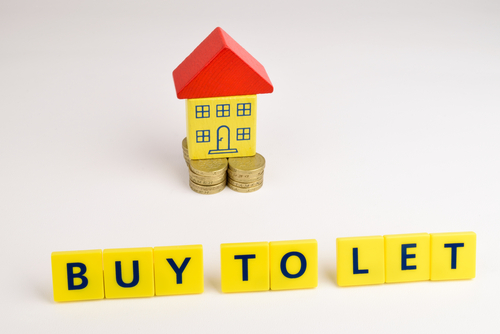The Heat Network (Metering and Billing) Regulations 2014 may not have been well-publicised, but they impose important obligations on some landlords and licensors.
There are both civil and criminal penalties for not complying, including unlimited fines and so it is important to understand whether these regulations apply to you and if so, what you must do.
The regulations apply to both district heat networks and communal heating, but for the purposes of this note we only cover communal heating.
The first step you should take is to work out whether you are a heat supplier of communal heating.
You will be if:
+ Thermal energy is distributed around one building only in the form of steam, hot water or chilled liquids from a central source; and
+ The distribution is for space or process heating, cooling or hot water; and
+ You supply that heating, cooling and/or hot water to two or more final customers who buy it from you for their own consumption
Typical examples include an office building with a central system supplying heating and hot water to a number of occupiers, who pay the landlord for this through a service charge or a single payment covering rent and services. If you are not sure whether the regulations apply to you, a useful place to start is the enforcement agency’s guidance - Heat networks scope guidance: January 2016 and Frequently asked questions.
Regulatory Delivery (a new directorate created to simplify regulation for UK businesses) has recently become the enforcement agency and it is worth looking at its online materials for the latest guidance.
If you are a heat supplier of communal heating, important points to note on the regulations are:
+ You must notify the Secretary of State providing detailed information about each communal heating system you operate. The deadline was 31 December 2015 or (for communal heating systems first operating after that date) on or before the first date of operation. Notifications must be renewed every 4 years
+ When an existing meter is being replaced, you must ensure (unless exemptions apply) that the replacement meter is a “suitable meter”, which is one that accurately measures, memorises and displays the consumption of heating, cooling or hot water by the final customer
+ Commencing on 31 December 2016, you must ensure that suitable meters are installed (either as a replacement for existing meters which do not comply with the regulations or where no such meters have previously been installed) where this is cost-effective and technically feasible. Heat suppliers also have obligations (unless exemptions apply) to install alternative measuring equipment and temperature control devices
+ Where you have to ensure meters or heat cost allocators are installed,you must also ensure (unless exemptions apply) that all bills for the consumption of heating, cooling or hot water by a final customerare accurate, based on actual consumption and comply with standards set out in the regulations. You also have to provide certain detailed billing information to each final customer
+ Before entering into leases or licences to occupy, you may want to ensure the documents include wording allowing you access to the premises to comply with the regulations, and allowing you to recover your compliance costs (such as costs of notifications, carrying out works and associated professional fees) from the occupier. You also need to ensure you are able to charge occupiers for heating, cooling and hot water based on each final customer’s actual consumption
+ When granting a lease or licence to occupy (or being asked to grant a licence to underlet part) you should consider whether you will become a heat supplier as a result of the new occupation when you were not before
The enforcement agency has advised that even where an existing contractual arrangement with an occupier does not provide for a heat supplier to bill the occupier for actual consumption of heating, cooling and/or hot water, the heat supplier must still comply with the regulations. The existence of conflicting contractual arrangements will not provide a defence if you breach the regulations.
A problematic area is that if a customer (tenant) of a communal heating system sub-lets space to a number of sub-tenant final customers, the tenant (being an intermediate landlord) will be both a final customer and a heat supplier. In practice, a tenant of part of a multi-let building generally does not have rights to carry out the works to services and the common parts required to install meters or other equipment required by the regulations. An intermediate landlord may therefore only be able to comply if the superior landlord in control of building services complies. Despite this, an intermediate landlord heat supplier appears to still be subject to civil and criminal liability if it does not comply.
By Daryl Rivero, Senior Associate and Louise Kellaway, Professional Support Lawyer in the Real Estate Department of Stevens & Bolton LLP.







.png)










Join the conversation
Be the first to comment (please use the comment box below)
Please login to comment